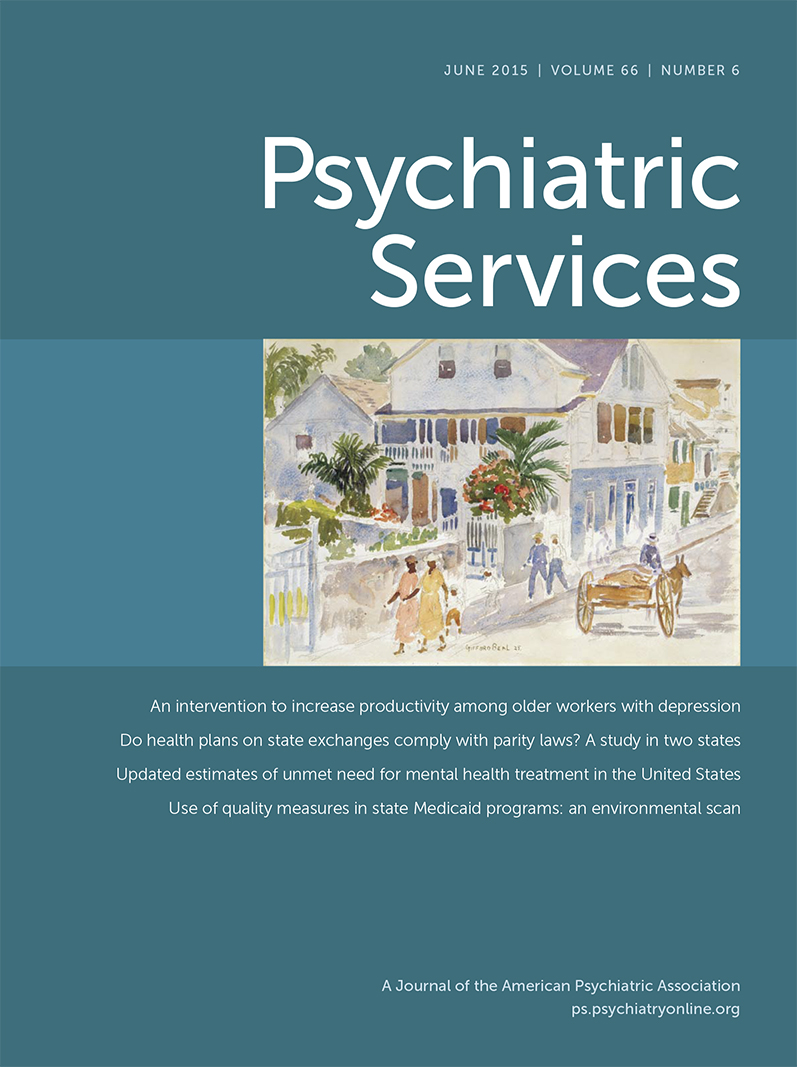The Many Faces of Risk: A Qualitative Study of Risk in Outpatient Involuntary Treatment
Abstract
Objective:
This study aimed to derive a conceptualized model of risk in outpatient involuntary psychiatric treatment that has utility and meaning for stakeholders.
Methods:
Thirty-eight participants—patients, caregivers, clinicians, and legal decision makers—participated in qualitative interviews about their experiences of outpatient involuntary psychiatric treatment. Interview data were analyzed by using a general inductive method.
Results:
Six types of risk were identified: actual harm, social adversity, therapeutic outcome or compromised treatment, the system, interpersonal distress, and epistemic issues. There were overlaps between discourses on risk but variation in how different aspects of risk were emphasized by participant groups.
Conclusions:
A comprehensive model of risk contextualized to outpatient involuntary treatment is proposed. It incorporates domains of risk of harm to self or others, risk of social adversity, risk of excess distress, and risk of compromised treatment. This model may have instrumental value in the implementation and the scrutiny of risk-based mental health laws.



